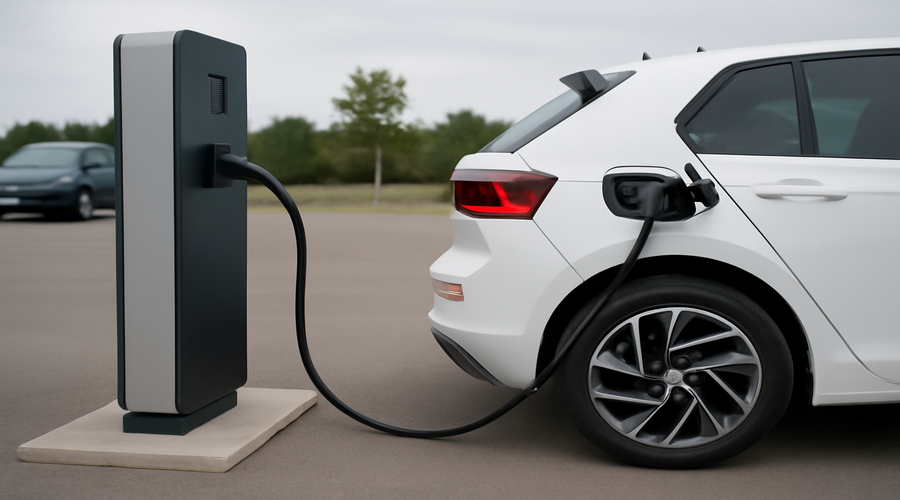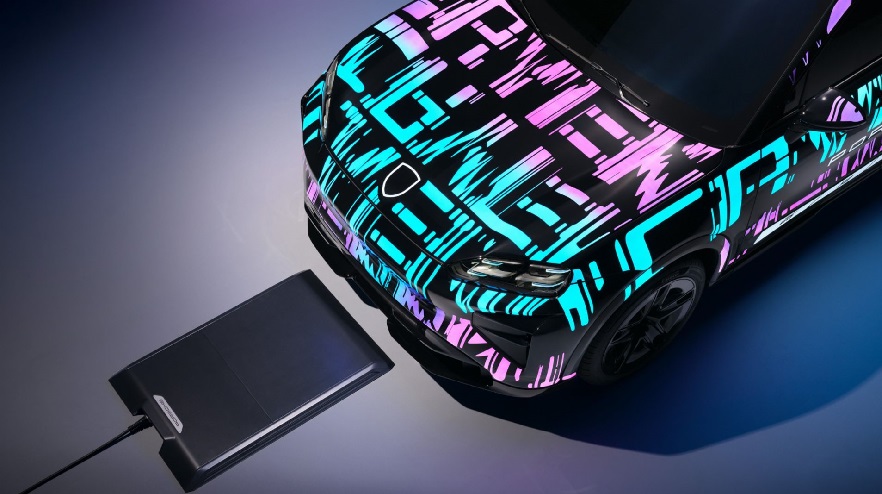During recent regulatory debates in Latin America’s countries such as Mexico and Colombia, representatives from Chinese manufacturers made it clear that they can adapt to any connector standard.
However, the governments of the region have yet to make a decision on this key issue.
Mexico has a final draft technical document since March 2025, which would establish an official standard on charging infrastructure.
But the process is stalled following the dissolution of the Energy Regulatory Commission (CRE) and the transfer of its functions to the National Energy Commission.
During the development of Mexican regulations, the possibility of requiring a single connector standard was debated, but the final decision was to maintain openness.
“Chinese brands said they had no problem adapting to any connector, even Tesla’s NACS. They have such volume and capacity that changing the charging tip costs them less than five dollars per unit,” recalls Walter Jiménez, Secretary of Energy Development in Tamaulipas and former Commissioner of the CRE.
Today, the country has yet to define who will lead the standardisation efforts or when the pending regulation will be published.

In Colombia, although there are regulations such as Resolution 40223 and NTC 6312 that define minimum requirements for charging stations, there is no public policy on preferred connectors or interoperability conditions.
This has led to a multiplicity of contradictory technical decisions, with Chinese vehicles – which represent 95% of the national electric fleet – charging at stations equipped with European or North American connectors.
In Brazil, despite being one of the most active markets in the adoption of electric buses, there is no national standard on connectors, and the variety of suppliers means that CCS2, Type 2, and GB/T coexist.
The latest public chargers usually include multi-format connectors, but without a unified directive from the federal government.
Latin America and its electric connector map
Chile, on the other hand, is one of the few countries with concrete progress: since 2022, the Ministry of Energy has established in its technical guide that all public infrastructure must be interoperable, including at least one Type 2 AC connector and CCS2 DC connector.
Still, Chinese brands with GB/T continue to enter the country, forcing operators to maintain multi-connector systems.
In Ecuador, the technical standard INEN 2266:2016 includes Type 2 and CHAdeMO connectors, but it has not been updated to include GB/T, despite being the most commonly used standard by electric buses and taxis imported from China.
The lack of official guidelines forces operators to negotiate directly with importers.
In Uruguay, while the Regulatory Unit for Energy and Water Services (URSEA) promoted the use of the Type 2 connector from the outset, there is no mandatory regulation on direct current (DC) connectors, which has generated friction in bi-national corridors with Brazil and Argentina.
Even in Costa Rica, a pioneer in electromobility, public stations must have minimum interoperability, but the coexistence of CCS2, CHAdeMO, and GB/T generates operational challenges.
According to data from ICE (Costa Rican Electricity Institute), dual or tri-connector chargers are being prioritised while a possible progressive standardisation towards CCS2 in DC is being studied.
This situation thus forms a fragmented regional charging network in Latin America, with disjointed technical decisions and no common long-term strategy.
In this scenario, manufacturers – especially the Chinese – advance without hindrance, while governments have yet to define the path forward.
The cost of not standardising
Each private actor makes decisions independently, which increases installation costs, limits interoperability, and frustrates users in Latin America.
Visible effects include:
- Additional costs for adaptation, as many stations must include multiple connectors to ensure compatibility.
- Technical risks due to incompatibilities between chargers and vehicles that affect connectivity and automatic charging.
- Misinformation for users, who do not know which connector to choose or where to charge their vehicle.
- A slowdown in public deployment, as local governments cannot plan interoperable stations without national guidelines.
- Low business confidence, due to a framework that changes without predictability or regulatory backing.
According to eMobility expert Diego González: “The state legislates on electrical safety, but not on key components like the connector.” In other words, the installation is regulated, but the technology that makes that installation functional is not.
A region divided between standards with no common policy
Latin America today coexists with all types of connectors: CCS1 (North American), CCS2 (European), Type 1, Type 2, CHAdeMO, GB/T (Chinese), and now also Tesla’s NACS.
This dispersion is not the result of a free-market policy, but rather the absence of public decisions on interoperability or minimum standards.
According to data collected by Mobility Portal Latin America, this is the technical distribution in 2025:
| Country | Most Common Connectors | Technical Regulations on Connectors |
|---|---|---|
| Mexico | GB/T, CCS1, NACS, Type 1 | Technical draft ready, no regulation published |
| Colombia | GB/T, CCS2, Type 2 | Technical standard, no prioritised guidelines |
| Chile | Type 2, CCS2 | Requires minimum interoperability |
| Brazil | Type 2, CCS2, GB/T | Pending regulation, multi-connector chargers |
| Argentina | Type 1, Type 2, CCS2 | No specific national standard |
| Peru | GB/T, CCS2 | Under regulatory review |
| Ecuador | GB/T, CCS2, Type 2 | General INEN standards, no focus on connectors |
| Costa Rica | Type 2, CCS2, CHAdeMO | Requires interoperability, regulated by MINAE |
| Uruguay | Type 2, CCS2 | Defined standards, prioritises public AC chargers |
This fragmented scenario forces the duplication of investments and limits the development of regional electric corridors, as compatibility between countries is not guaranteed.
Technological neutrality or abandoning leadership?
In Mexico, regulatory openness was proposed as a way to guarantee “technological sovereignty,” avoiding alignment “blindly” with Tesla or China.
But by not defining a clear path, neutrality turned into paralysis, leaving the private sector without guidance.
At the same time, the commercial dispute between the United States and China has indirectly influenced the continent.
The lack of clear signals from Washington – especially under the new Republican administration – has added uncertainty to an already fragile context.
Minimum interoperability as a bridge
In this context, more and more voices are proposing a middle path: not imposing a single connector but requiring that all stations have at least one of the most commonly used connectors in the country, thus ensuring public charging without discrimination.
This model is already being implemented in countries like Chile or Costa Rica, where functional interoperability is required as a technical condition.
The proposal could scale regionally under the umbrella of associations like ALAMOS or through bilateral agreements between neighbouring countries.
“Interoperability should be the first step towards efficient standardisation. It’s not just about plugs: it’s governance, sovereignty, and energy planning,” say sector leaders.
DISCOVER MOBILITY PORTAL DATA
Discover Mobility Portal Data, a new exclusive market intelligence platform offering reliable data and key reports to support smart decision-making across the automotive sector — covering both combustion and electric vehicles, as well as charging infrastructure.
Research, trend analysis, and neatly organised statistics presented with clarity and precision, alongside up-to-date insights — all just one click away. With Mobility Portal Data, good decisions are on the horizon.
READ MORE
-
“Installing on the cheap ends up being costly”: Smart Wallboxes issues warning amid eMobility installation boom
Elis Álvarez, CEO of Smart Wallboxes, warns of the risks of cutting costs at a time of record EV sales and rapid expansion of charging points across Spain.
-
European manufacturers welcome EU’s “bold” proposals for the automotive sector
European manufacturers welcomed the fact that, while not all differences have yet been resolved and not all answers to the challenges are known, the range of solutions has expanded, with “concrete” proposals across all areas.
-
Porsche tests inductive charging in Germany: When will it launch across Europe?
Porsche will be the first car manufacturer to bring an 11 kW charging system with a ‟one-box” base plate for battery-electric vehicles to markets.









